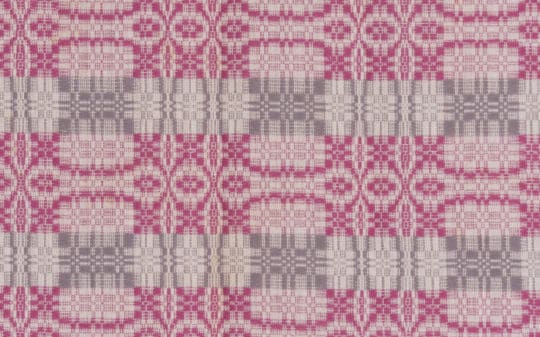
“Yeah, ole timers used to, they wove a lot o’ bedspreads, coverlets they called them back in those times. ‘Course they’re about all done away with now.” ~Minnie Buchanan history: Coverlets, another...
Read More
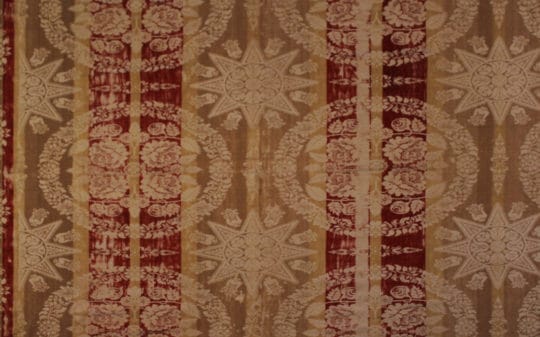
History: As the oldest dated textile in Foxfire’s collection, this intricate coverlet illustrates the continuity of craft and tradition in this region. Though the exact location of its...
Read More
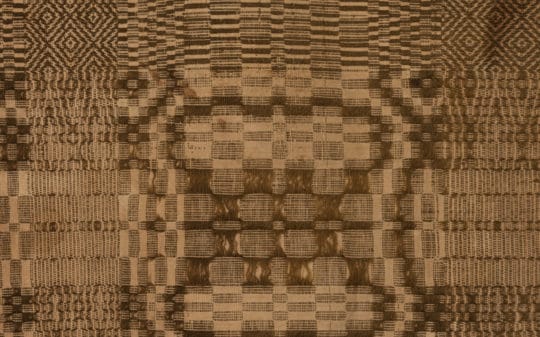
History: The muted colors of this overshot coverlet were made using natural dyes. Until the 1860s, color could only be obtained from natural goods, primarily plants. In the Appalachians, natural...
Read More
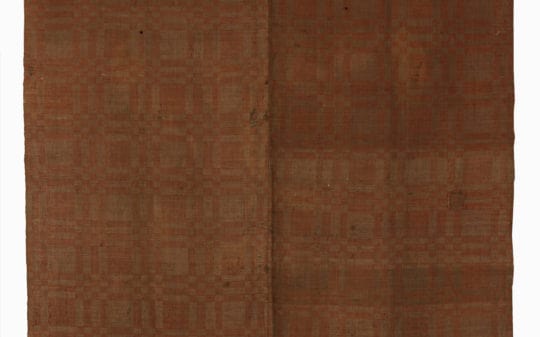
“That’s one of the beauties of the natural dyes—they’re very very subtle and they’re homogeneous—they go with one another. It’s almost impossible to dye two colors that don’t go together, even if...
Read More
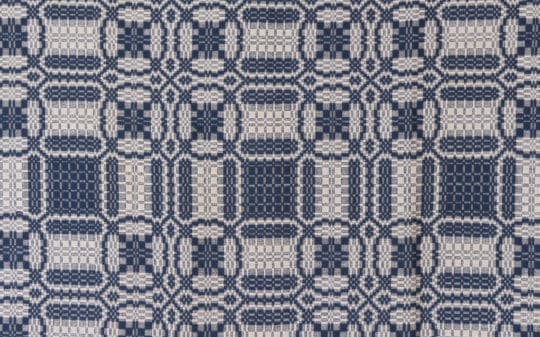
“Weaving satisfies my soul and fosters a sense of peace and contentment.” ~Sharon Grist History: Though the warp is cotton, this hanging is done in the style of a ‘linsey-woolsey.’ A...
Read More
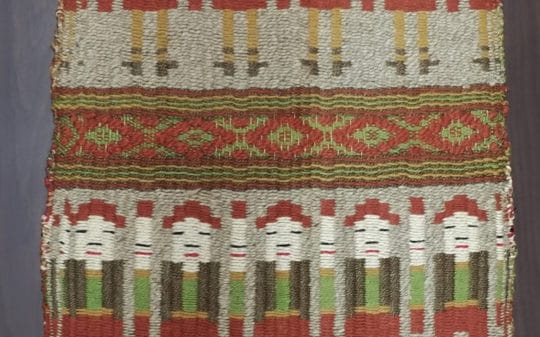
History: While weaving serves an important function, it is also an art form. This beautiful tapestry by Marinda Brown is an excellent example of some other ways in which the techniques of weaving...
Read More
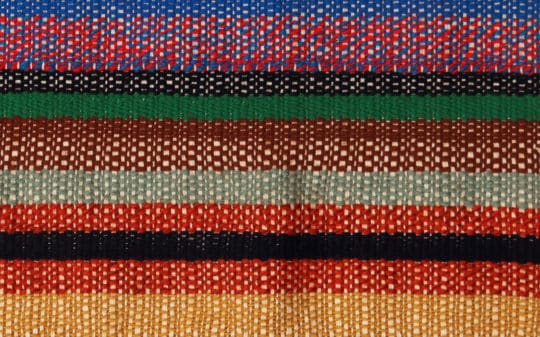
History: This sampler plays on color pairing using chemically-dyed yarn. Because this sampler was done in plain weave, a simple over-under pattern, the emphasis for the viewer is on color, not...
Read More
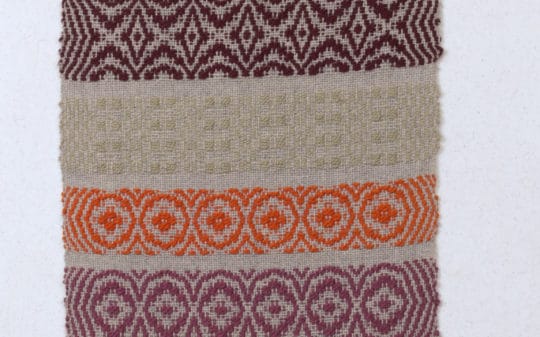
History: This detailed woven hanging is a sampler of overshot pattern weaving, characteristic of the Southern Appalachians. Made by Lyndall Toothman, better known as Granny Toothman, it serves not...
Read More








